Morecambe's old Co-op building - where Thora Hird once worked - at centre of new project
and live on Freeview channel 276
As well as raising funds to redevelop the building for use as a creative community hub in partnership with Lancaster City Council, Good Things Collective is working with the Morecambe Heritage Centre and the Co-operative Heritage Trust, with £9,885 funding from The National Lottery Heritage Fund.
Made possible thanks to National Lottery players, The Co-operation Street project aims to capture as much history about the Co-op Centenary Building, the Co-operative Society and the West End as is possible - dating back to the time when Morecambe was a thriving seaside resort.
Advertisement
Hide AdAdvertisement
Hide AdBeki Melrose, co-director Good Things Collective, said: “Co-operation Street is an important opportunity for us at a time when we are actively trying to restore Centenary House.
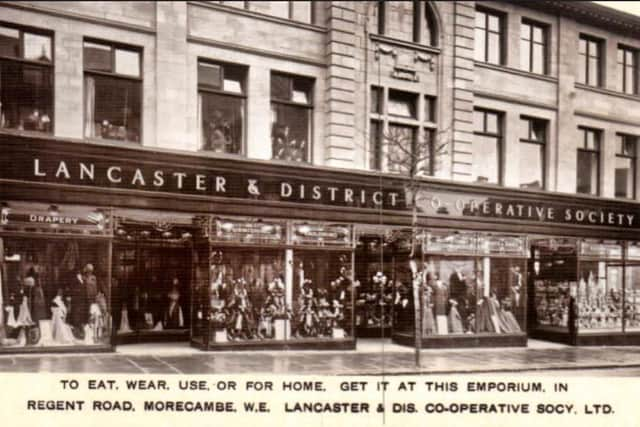

“Building on the ethos of co-operation and sharing resources and the benefits this brings in terms of strengthening communities, the project gives us a chance to learn what the Co-operative Society meant to people historically, what it stands for now and how this relates to the people of Morecambe today.”
Recently the Collective visited the original store of the modern Co-operative Movement in Rochdale with schoolchildren from Bay Leadership Academy and the Co-operative archive in Manchester with members of the community.
They were able to study the Society’s banners (which would once have been displayed or carried on marches). Inspired by these banners, workshops are being set up in which brand new banners will be created.
Advertisement
Hide AdAdvertisement
Hide AdHistorically the banners contained images and mottos symbolising Co-operative principles.
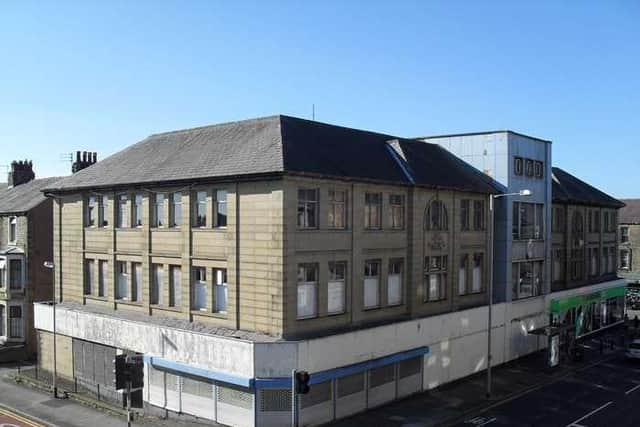

The images used included those of a beehive (implying industry), a wheatsheaf (‘one stalk of wheat cannot stand alone’), a honeysuckle blossom (friendship) and a rainbow (the symbol for the International Society – each colour having a special significance).
The mottos are just as interesting – one of them ‘Labor And Wait’ employed the American spelling for labour in order to show support for the anti-slavery movement.
Charlotte Done, local artist and community volunteer, said: “The banners we saw being carefully unravelled at the Co-op heritage store were beautifully kept, and beautifully made. Lush satins and velvets of deep blues and reds and a palette of gorgeous paints and embroidery threads embellished the fabrics with amazing artistic skills.
Advertisement
Hide AdAdvertisement
Hide Ad“But they are not just pretty things, women got together in collective groups to make these, to send powerful political messages, to encourage people to stand up for their rights.”
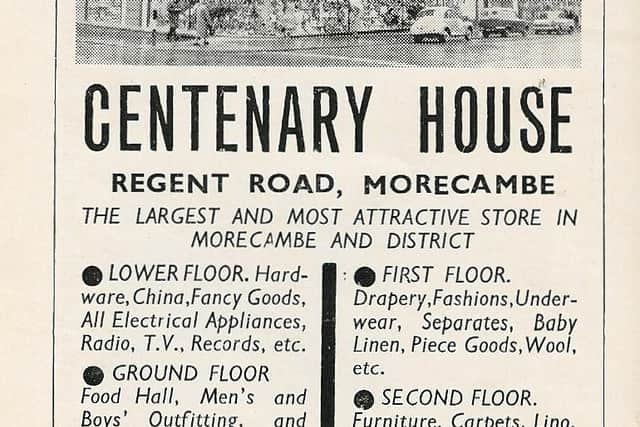

Many of the Co-operative concerns – affordability of housing and food as well as improvement in working conditions and availability of education – are as relevant today as they were when discussed by the Rochdale Pioneers in 1844.
The Rochdale Society of Equitable Pioneers was a group of 10 weavers and 20 others in Rochdale, England, that was formed in 1844.
In 1863, twenty years after the Rochdale Pioneers opened their co-operative, the North of England Co-operative Society was launched by 300 individual co-ops across Yorkshire and Lancashire.
Advertisement
Hide AdAdvertisement
Hide AdBy 1872, it had become known as the Co-operative Wholesale Society (CWS).
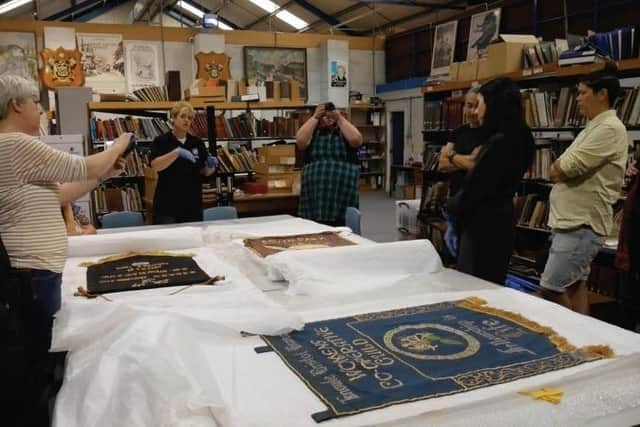

Through the 20th century, smaller societies merged with CWS, such as the Scottish Co-operative Wholesale Society (1973) and the South Suburban Co-operative Society (1984).
Centenary House was originally built in 1927, the same year as Happy Mount Park first opened its gates, and was extended in 1960.
Located on a main thoroughfare leading to the promenade and next to the first traffic lights in the town, it became as important a feature in Morecambe as the Winter Gardens, the ice cream parlours, and the cinemas.
Advertisement
Hide AdAdvertisement
Hide AdCurrently it is little more than a shell – however its potential is immense.
In many ways its journey mirrors the rise and fall and hopefully rise again of the town.
Over the years it has provided for thousands of Sand Grown’uns – selling everything from food and furniture to savings and funeral plans.
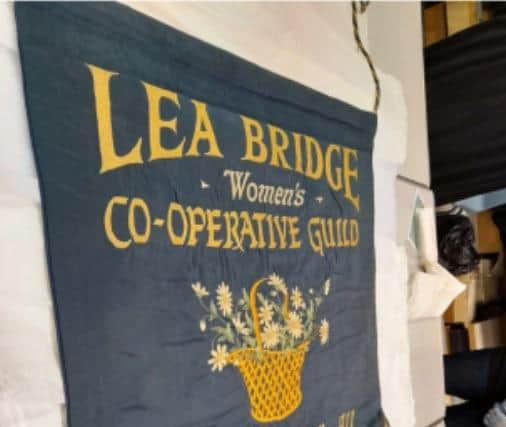

The well known comedy actress, Thora Hird, worked there after she left school, picking up many of the voices for her subsequent act.
Advertisement
Hide AdAdvertisement
Hide AdThis project also aims to capture voices - the voices of Co-operative workers, members and shoppers, their entertainment, culture and community – and, in so doing, bring to life Morecambe’s golden days when the Co-operative Building, the first department store in the town, was the heart of the West End.
Liz McIvor, trust manager & Lead at Co-operative Heritage Trust CIO, said: “As a charity set up to preserve and share the story of the co-op movement in the UK, the Co-operative Heritage Trust is delighted to see old co-op buildings being re-imagined and used for creativity and development for modern people.
“The early co-operators believed in the power of communities coming together to make the best of their resources - projects like this bring meaning to the values established by these working class people nearly 200 years ago.”
There are lots of ways you can become involved in the project:
Advertisement
Hide AdAdvertisement
Hide Ad1. Share and have your memories and stories recorded by the project team.
2. Loan or donate your photographs or artefacts to form part of an exhibition.
3. Attend a Co-operative Tea Party heritage sharing event.
4. Take part in banner and packaging design workshops.
5. Make an artwork for a Community Response group exhibition.
6. Visit the exhibitions in Morecambe Arndale in collaboration with Morecambe Heritage Centre in November.